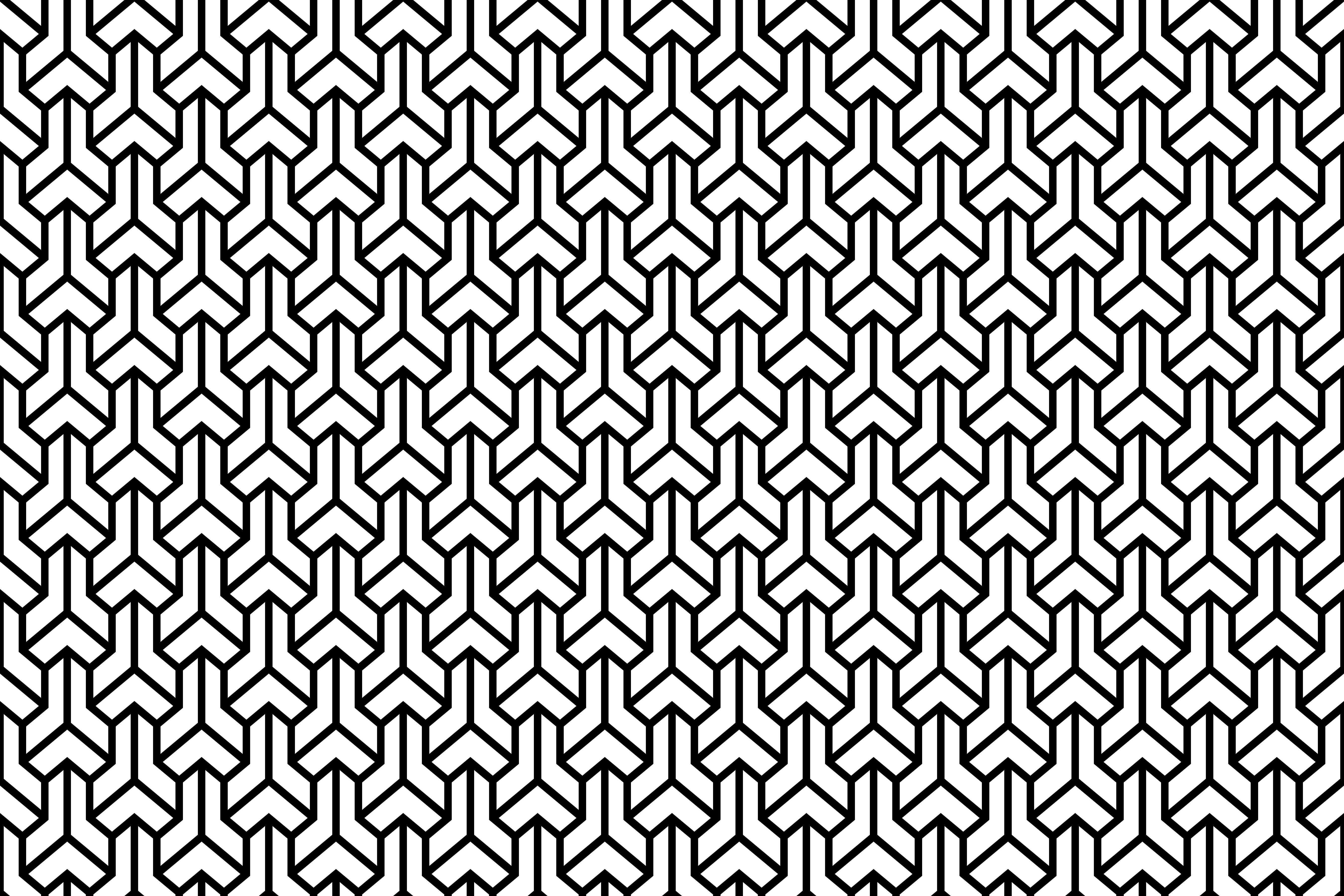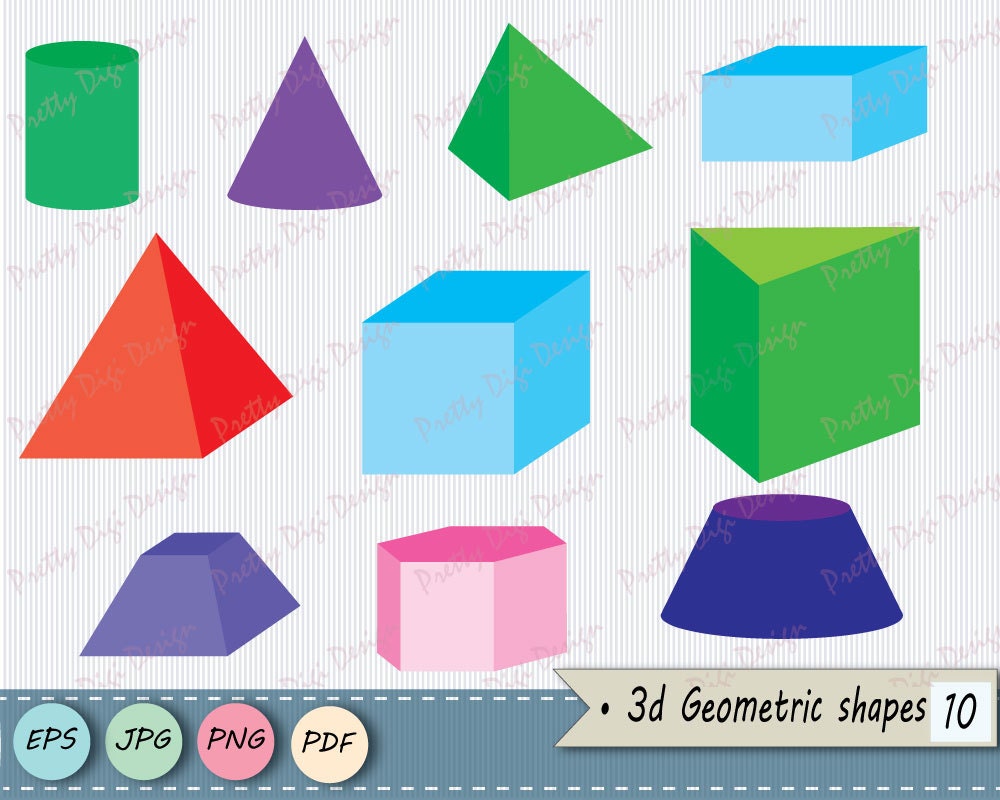
It is a closed 2D plane with a curved face where the points on the circumference are not at equal distance from its center. All the points on the surface of a circle are equidistant from its center.Īn oval, just like a circle, has no corners and edges. For example,Ī square is a 2D geometrical shape with four equal sides and four right angles.Ī rectangle has four sides and four right angles, where the opposite sides are of equal length.Ī triangle is a closed 2D plane with three sides, three angles, and three vertices.Ī circle is a two-dimensional curved shape with no corners and edges. 2D shapes are drawn using X-axis and Y-axis.ĢD shapes are basically closed planes with no height. Since 2D shapes don't have any height, they don't have any volume either.

Examples of 2D shapes include circle, rectangle, square, polygons, etc. 2D shapes are flat because they don't have any height or depth. 2D ShapesĪ 2D shape has two dimensions, that is, Length and Breadth. In this brief article, we will take a look at the features of 2D and 3D shapes and identify how they differ from each other. As such, the point (2, 3, 4) indicates movement in the positive direction along each axis in the coordinate space above.2D shapes are flat with only length and breadth, while 3D shapes are solid objects with length, breadth, and height. A negative value indicates movement along an axis in the negative direction, and a positive value indicates movement in the positive direction. As such, when determining which direction to move along any axis, the negative and positive direction must be indicated on the axes, as in the image above. While the x- and y-axes in 2D are conventionally the horizontal and vertical axes, respectively, in 3D their orientations can vary. All three axes are perpendicular to each other, as shown in the figure below.

Vertices - 4 (triangular pyramid) or 5 (rectangular pyramid)ĭetermining the position of a point in 3D is similar to determining the position of a point in 2D, except that there is a third axis, the z-axis, in addition to the x- and y-axes.Edges - 6 (triangular pyramid) or 8 (rectangular pyramid).CylinderĪ cylinder is a 3D shape made up of two parallel circular bases a fixed distance apart that are joined by a curved surface:Ī cylinder is characterized by the following:Ī cone is a 3D shape with a flat circular base that narrows smoothly to a point called the apex, forming an axis to the center of the base:Ī cone is characterized by the following:Ī pyramid is characterized by the following: Typically, the length is the measure of the longest edge, and the width and height (depth) are the other two edges. If the edge lengths of the cuboid are all the same, then the cuboid is a cube.Ī cuboid is characterized by the following:Ī 3D rectangle has 3 dimensions: length, width, and height (or depth). A cube has 8 vertices each of which is formed by 3 edges.Ī cuboid, also referred to as a 3D rectangle, is a 3D shape with 6 faces. Vertices - A vertex occurs where edges meet.For example, a cube has 12 edges, while a sphere has 0. Edges - An edge occurs where 2 faces of a 3D shape meet.A sphere has 0 faces because it is a curved 3D shape.

For example, the face of a cube is one of the 6 squares that form the cube.

While the dimensions of a 2D shape can be described with length and width, a 3D shape requires an additional dimension, often referred to as height or depth. The box, tube, and basketball shown below are just a few examples. We live in a 3D world, every object we touch, see, and use are 3D objects. The term "3D" is commonly used to describe shapes and figures in geometry. A three-dimensional space (3D) has three dimensions, such as length, width, and height (or depth).


 0 kommentar(er)
0 kommentar(er)
